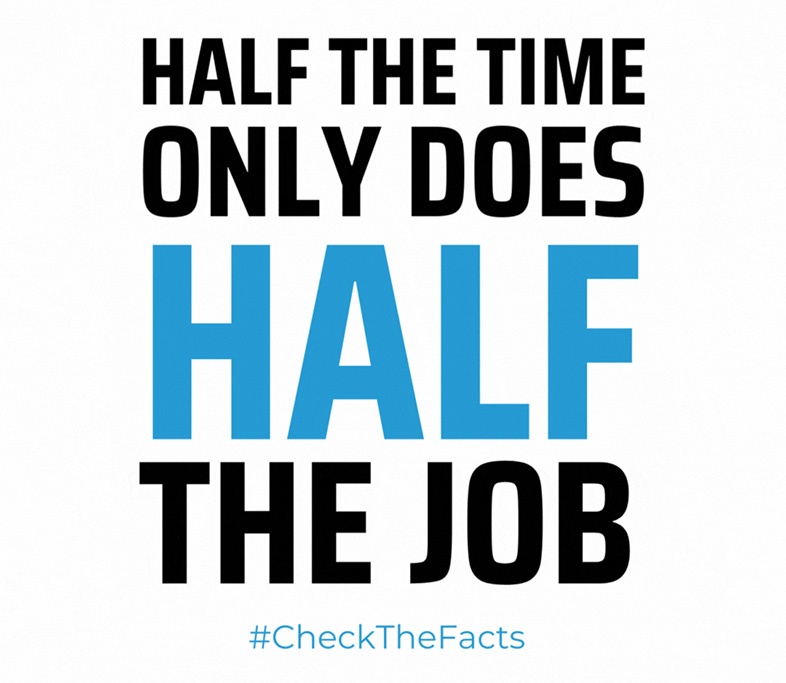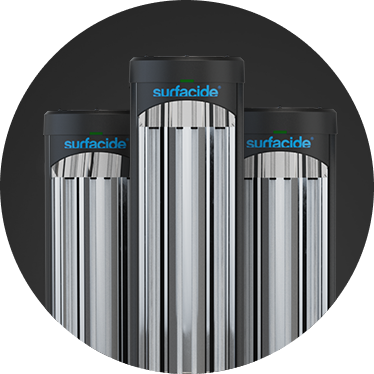When used effectively, UV-C has been proven over the years to be an extremely efficacious adjunct microbial reduction technology to manual cleaning efforts in combatting viruses and bacteria in healthcare and hospital environments. During the pandemic, UV-C gained popularity in healthcare as well as other industries and spaces including hotels, restaurants, schools, offices, sports facilities, fitness clubs and more. Many jumped on the UV-C bandwagon and suddenly numerous companies started popping up overnight.
We’ve seen a lot of crazy claims and noise out there, and honestly, it’s hard to just sit back and not speak out. As a company that has been rooted in data and science for more than a decade with thousands of our devices successfully used in facilities around the world, we felt the need to separate fact from fiction when it comes to UV-C.
Over the coming weeks, we will be debunking myths and sharing more truths behind UV-C right here, so please make sure to subscribe to our newsletter and social media channels to stay informed.
#1: “Whole Room Microbial Reduction”
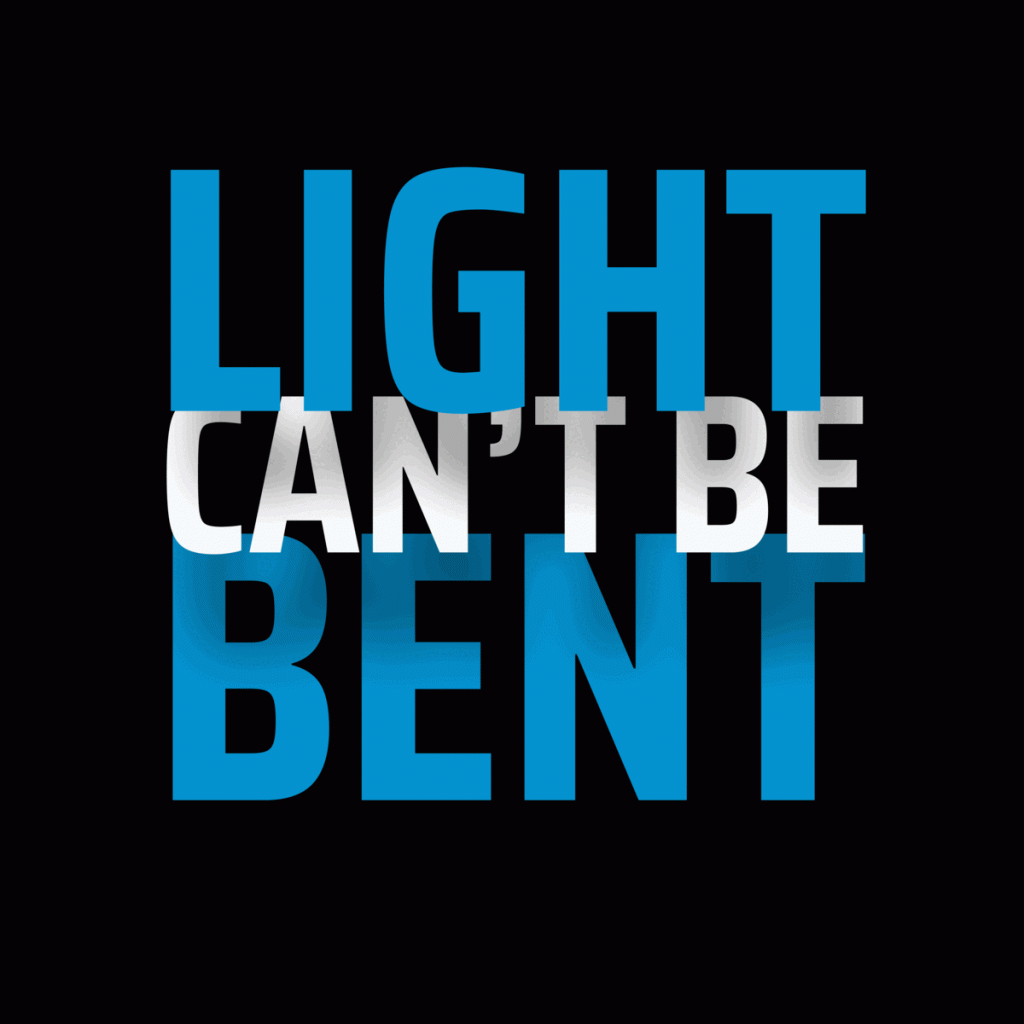
It is common to hear that a single UV light device can disinfect an entire space in 5 minutes or less. But what’s the truth? When you consider that healthcare spaces and environments outside of healthcare are complex, with objects throughout the space, it’s crucial to note that those objects will create shadows. UV-C light only disinfects surfaces that are in direct line of sight. That means the light won’t bend around the hospital bed or bounce off walls to disinfect a shadowed area.
#2: “Half The Time, Only Does Half the Job”
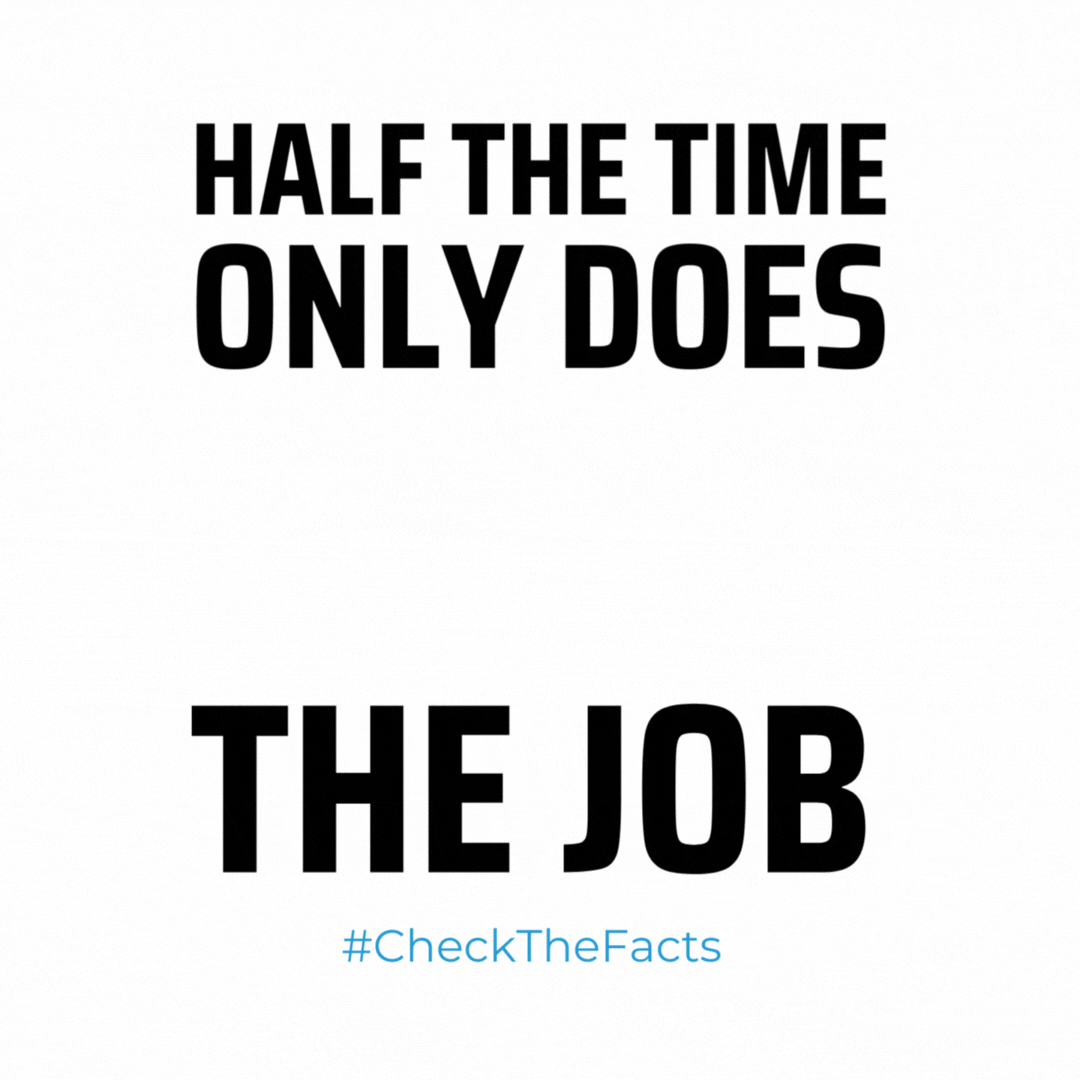
Microbial Reduction time isn’t a guessing game. It is calculated based on the size of the space, the number of objects occupying the area, and the inverse square law. When companies claim a single tower can disinfect an entire space for only 5 minutes, the science proves otherwise. Understanding the science is the first step.
#3: “Use of Mercury Lamps Myth Debunked”
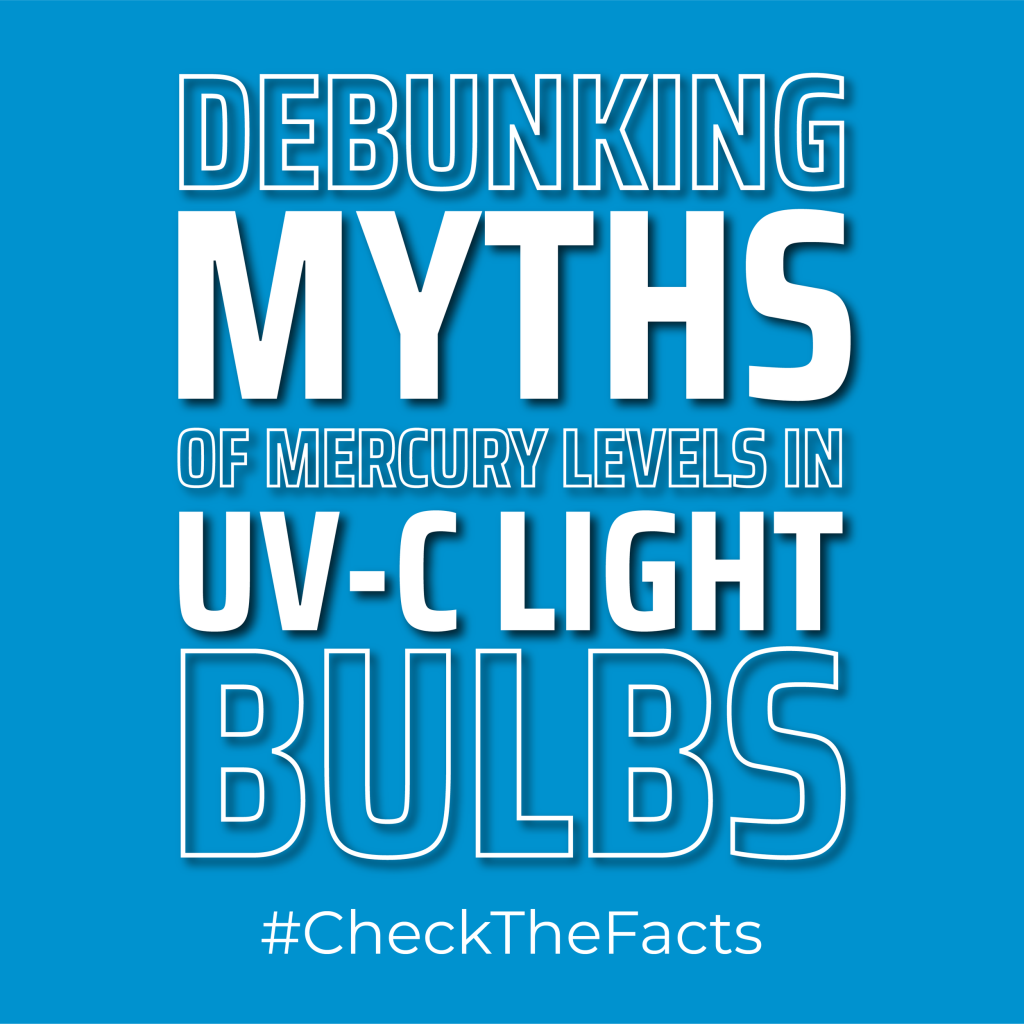
Mercury levels in UV-C lamps are often discussed in the UV space. Xenex and other UV companies discuss the dangers of high levels of mercury present in UV-C bulbs; however, the reality is their claim would mean that every day we would be lighting our homes and offices with candles as fluorescent-based light bulbs would not be safe according to the Xenex position.
#4 “The Power Of Three”
Science doesn’t lie, UV light is a direct line-of-sight technology. That is why we are taking a deeper dive into the physics behind using three UV-C devices compared to just one. There are 5 key elements you should ALWAYS consider when purchasing and evaluating UV-C technology: Distance, Dosage, Shadows, Time and Labor. Let’s look at how the use of three UV-C robots in a single cycle can address each of these areas.
#5 “Safely Choosing and Using UV-C”
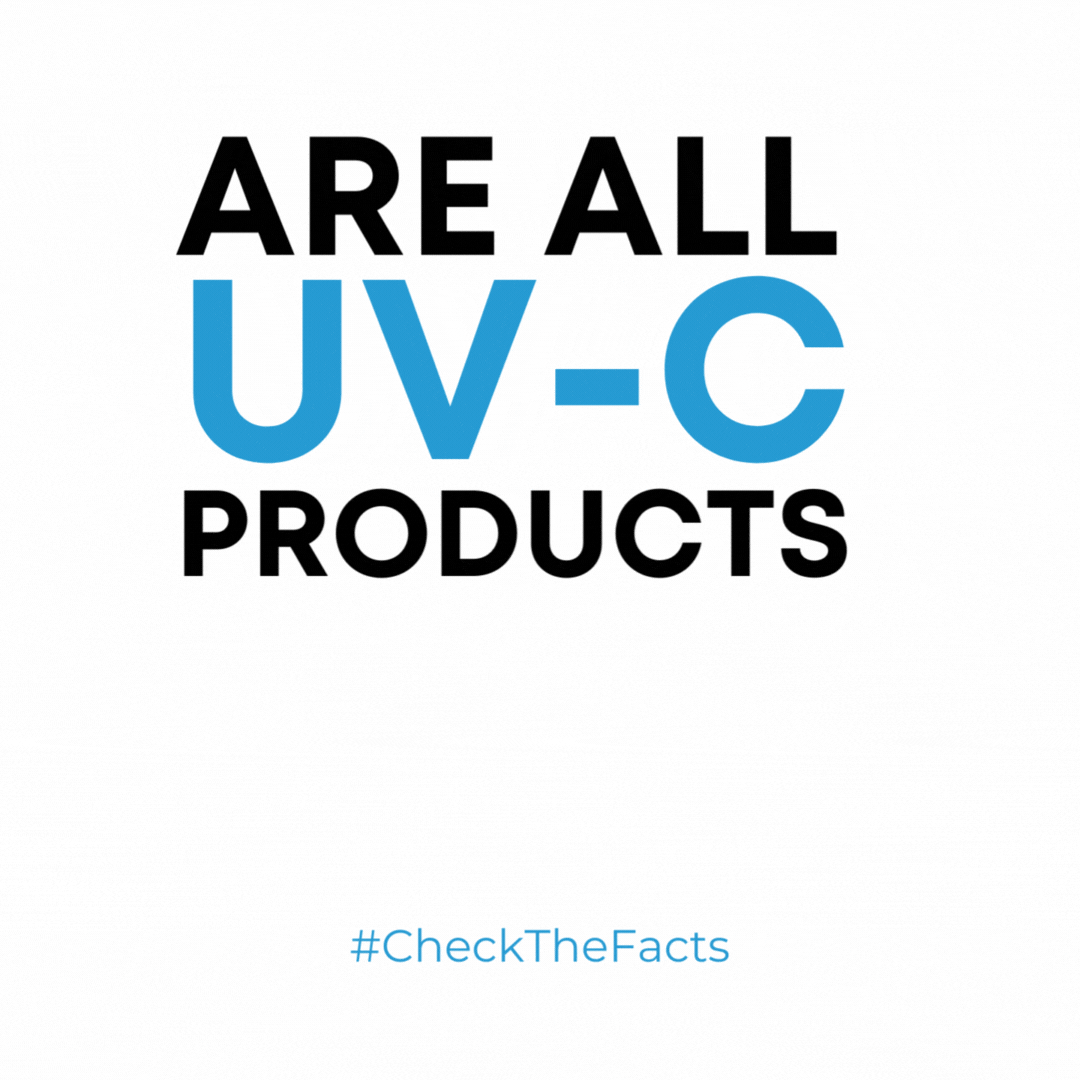
As we continue on our journey to expose the myths around UV-C, it was important to dedicate a post discussing the safety requirements around the use of ultraviolet radiation. To correctly use and operate UV-C devices, it requires being properly educated, knowing the necessary precautions to take and using certified equipment. At Surfacide we say “not all UV is created equal,” this not only pertains to quality and effectiveness, but also ensures the UV-C technology being safely administered. We sat down with Quinn, our Director of Quality and Compliance, for a Q & A!
#6 “How well is your UV-C working?”

For our final Check the Facts topic, we are focusing on one of the most frequently asked questions we receive, “How do you know if UV-C technology is working”? Although UV-C has been utilized by healthcare facilities for decades, it’s still a largely misunderstood technology due to the inability to visually see results. In this blog, we’ll show you how to validate your dose delivery so that you can truly see the difference between UV-C technology that works and UV-C that doesn’t.

